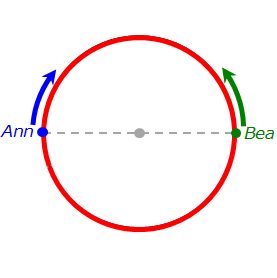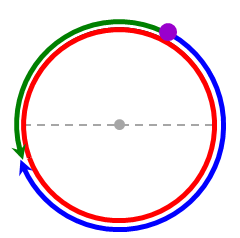Events & Promotions
|
|

GMAT Club Daily Prep
Thank you for using the timer - this advanced tool can estimate your performance and suggest more practice questions. We have subscribed you to Daily Prep Questions via email.
Customized
for You
Track
Your Progress
Practice
Pays
Not interested in getting valuable practice questions and articles delivered to your email? No problem, unsubscribe here.
- Nov 22
11:00 AM IST
-01:00 PM IST
Do RC/MSR passages scare you? e-GMAT is conducting a masterclass to help you learn – Learn effective reading strategies Tackle difficult RC & MSR with confidence Excel in timed test environment - Nov 23
11:00 AM IST
-01:00 PM IST
Attend this free GMAT Algebra Webinar and learn how to master the most challenging Inequalities and Absolute Value problems with ease. - Nov 25
10:00 AM EST
-11:00 AM EST
Prefer video-based learning? The Target Test Prep OnDemand course is a one-of-a-kind video masterclass featuring 400 hours of lecture-style teaching by Scott Woodbury-Stewart, founder of Target Test Prep and one of the most accomplished GMAT instructors.
Kudos
Bookmarks
B
Be sure to select an answer first to save it in the Error Log before revealing the correct answer (OA)!
Difficulty:
 75%
(hard)
75%
(hard)
Question Stats:
57% (02:30) correct 43%
(02:51)
wrong
43%
(02:51)
wrong  based on 533
sessions
based on 533
sessions
History
Date
Time
Result
Not Attempted Yet

Ann and Bea are at opposite sides of a CIRCULAR track. At 12:00 pm, Ann starts traveling clockwise at a constant speed of 25 kilometers per hour. At the same time, Bea starts traveling counter-clockwise at a constant speed of 10 kilometers per hour. At 1:30 pm that same day, Ann and Bea cross paths for the SECOND time. What is the circumference (in kilometers) of the circular track?
A) 17.5
B) 35
C) 42
D) 52.5
E) 70
* Kudos for all correct solutions
Originally posted by BrentGMATPrepNow on 04 Apr 2017, 07:17.
Last edited by BrentGMATPrepNow on 01 Apr 2020, 05:32, edited 1 time in total.
Last edited by BrentGMATPrepNow on 01 Apr 2020, 05:32, edited 1 time in total.
Kudos
Bookmarks
GMATPrepNow
Let's first calculate the TOTAL DISTANCE traveled by Ann and Bea combined.
Let's let H = HALF the circumference of the circle.
So, when they meet for the FIRST TIME....

. . . we can see that their combined travel distance = H (halfway around the circle).
Once they meet the first time, we can see that, when they meet for the SECOND TIME....

. . . we can see that their combined travel distance = 2H (from the time they met for the FIRST time).
So, the TOTAL distance traveled = H + 2H = 3H
The TOTAL travel time is 1.5 hours (noon to 1:30 pm)
Since Ann's speed is 25 kilometers per hour, and Bea's speed is 10 kilometers per hour, their COMBINED SPEED = 25 + 10 = 35 kilometers per hour
Since distance = (rate)(time), we can write: 3H = (35)(1.5)
Evaluate: 3H = 52.5
So, H = 17.5
In other words, HALF the distance around the circle = 17.5 kilometers.
So, the circumference of the circle = (2)(17.5) = 35 kilometers
Answer:
Kudos
Bookmarks
The first meetup will actually take half the time of the second meetup. The reason is before the first meetup, both Ann and Bea were stationed on the diameter of the circle. On the case of the second meetup, they actually started from their first meeting point which will require them to travel the full distance instead of half the circle. So, It will take them exactly the double amount of time to meet again.
That being said,
The Second meetup was in 1:30h later.
So, the first meetup was at 0:30h later,
The distance traveled by both of them in half an hour was=(12.5+5)=17.5km.
Double it and you will get the answer which is 35 km
Answer is B) 35
That being said,
The Second meetup was in 1:30h later.
So, the first meetup was at 0:30h later,
The distance traveled by both of them in half an hour was=(12.5+5)=17.5km.
Double it and you will get the answer which is 35 km
Answer is B) 35










